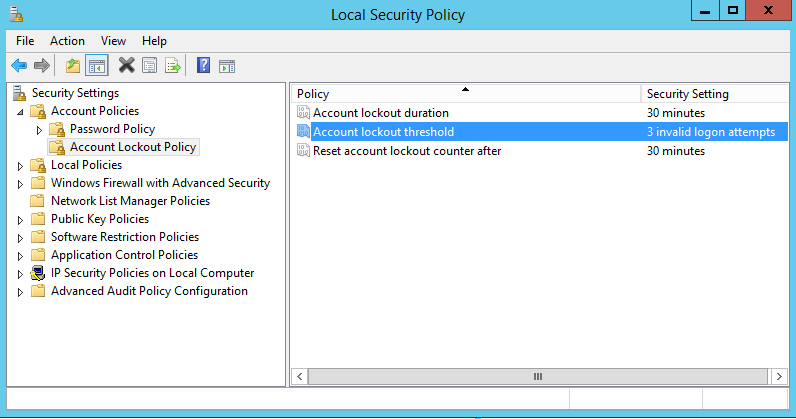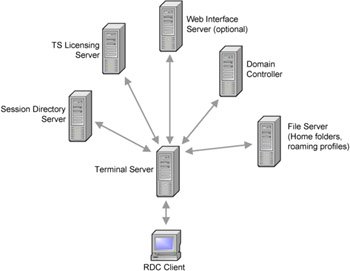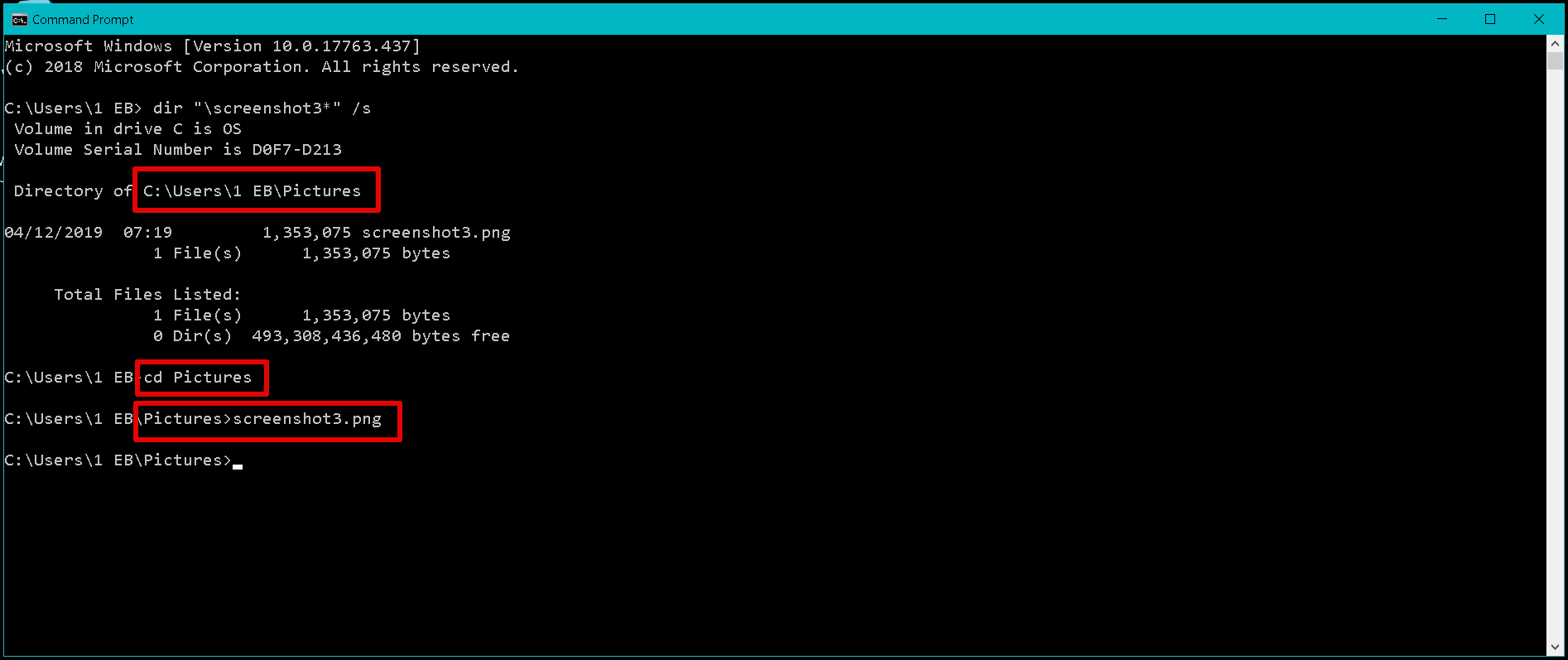

- #Define windows terminal server how to#
- #Define windows terminal server install#
- #Define windows terminal server professional#
Applications are installed once and regularly updated on the server, so there is no need to install or update a program on each machine in the network.Facilitate a single point of maintenance and allow you to monitor the infrastructure from a central dashboard.Provide end-users with access to company resources from anywhere and from any device.A Terminal Server provides multiple benefits. Terminal Server (now known as Remote Desktop Session Host) is popular it enables businesses to centrally host applications and resources and publish them to remote client devices, regardless of the location and platform of the end-user device. Before implementing this technology, it is essential to know what a Terminal Server is, how it works and why you should use one. With the release of Windows Server 2008 R2, Terminal Services was renamed Remote Desktop Services (RDS).

Terminal Services was an integral part of Windows Server OS editions beginning with Windows NT 4.0. Microsoft introduced this concept by releasing Terminal Services as a part of the Windows Server operating system. It acts as the gateway into which RDP connections from an external network connects through to access a Remote Desktop server.Microsoft Windows Terminal Server is a core component of Windows Desktop products and Microsoft Windows Server that allows remote computers to connect to a Windows operating system computer using a remote terminal session. With the remote terminal session, remote computers can run applications on the remote machine and run multiple remote connections independently of each other.
#Define windows terminal server how to#
#Define windows terminal server professional#
The seasoned professional will be able to then apply these concepts. This article will outline the principles of setting up your server infrastructure so as to be able to remote desktop via Proxy server to a Remote Desktop Server.

With Round Robin DNS, you can set up multiple identical hostnames that have different IP addresses.

Otherwise, Windows own DNS servers support Round Robin DNS. With DNS load balancing, you need to host your domain names with a Domain Name registrar which supports Round Robin DNS if the servers are to be accessed by external clients. For this article, I will describe the use of DNS Load Balancing.


 0 kommentar(er)
0 kommentar(er)
